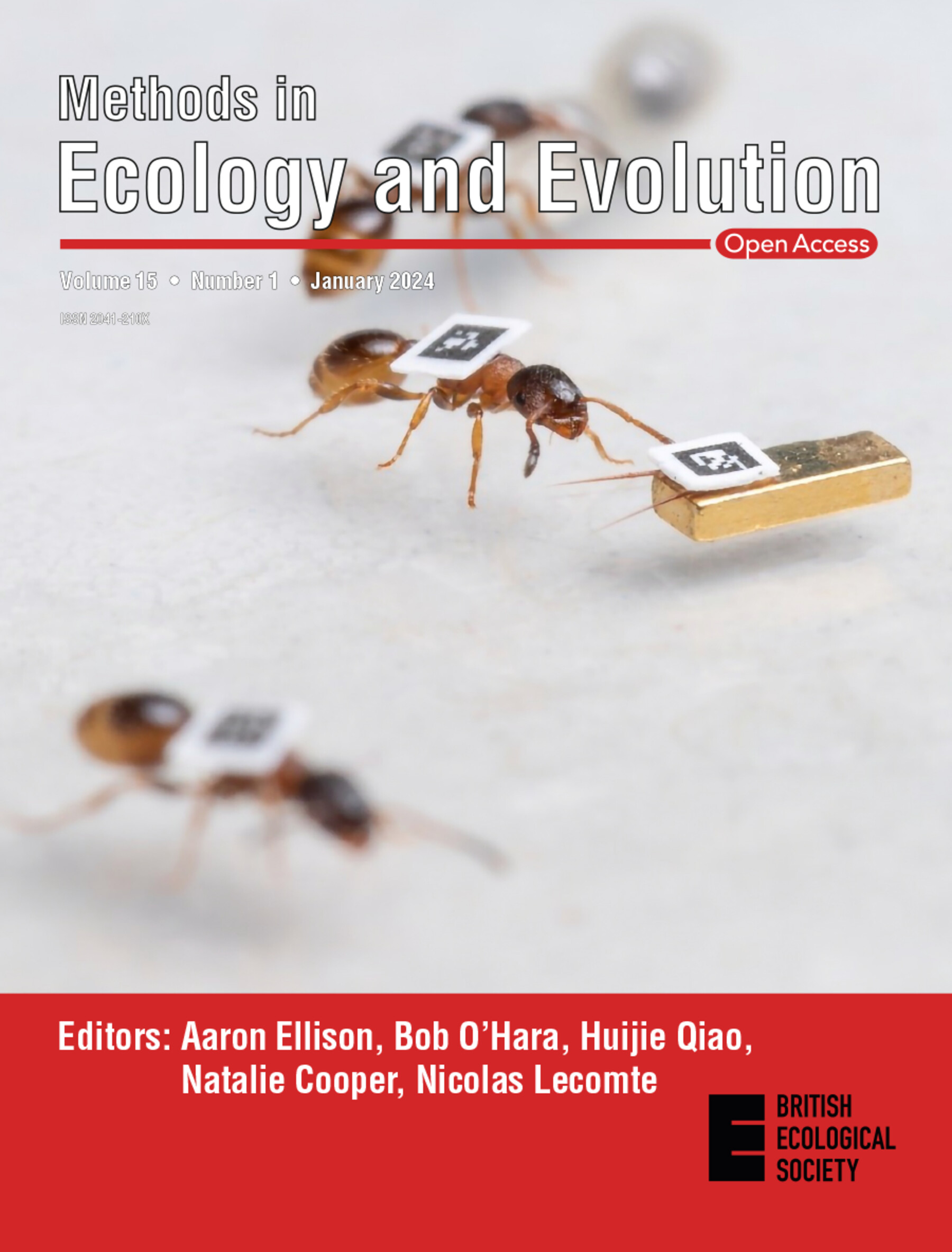利用无监督机器学习算法预测生态相互作用的新方法
IF 6.3
2区 环境科学与生态学
Q1 ECOLOGY
引用次数: 0
摘要
生态相互作用方面的知识空白促使人们开发了各种预测方法。传统上,生态相互作用是通过性状来推断的。然而,由于缺乏众多生物的性状信息,因此必须使用系统发生学数据和相互作用矩阵的统计见解来进行预测。以往的研究忽视了对模型预测的相互作用的验证。本研究采用了一种新方法,即使用自组织图(SOM)这种无监督机器学习算法来预测生态相互作用。自组织图根据节点之间的相互作用将节点分组到输出层,从而从输入的相互作用矩阵中学习。随后,训练有素的模型将交互作用预测为分数。为了区分交互和非交互,我们采用了 F1 分数最大化,将高于特定阈值的分数设定为交互,其余分数设定为非交互。我们将这种方法应用于三个单方元网和一个双方元网,随后使用两种创新方法验证了预测的相互作用:分类学验证和相互作用恢复验证。我们的方法表现出卓越的预测性能,尤其是在大型网络中。各种二元分类性能指标,包括 F1 分数(0.84-0.97)和准确率(0.97-0.99),都显示出很高的性能。此外,该方法产生的预测交互作用极小,表明预测噪音低,尤其是对大型网络而言。分类验证在连接度为 0.1 的元网络中表现出色,但在连接度极低的元网络中表现不佳。相比之下,交互恢复在较大的元网络中最为有效。我们提出的方法可以在噪声极小的情况下,仅利用输入的相互作用数据,而不依赖于相互作用节点的性状或系统发育信息,对生态相互作用做出高度准确的预测。这些预测对大型网络尤为精确,凸显了它们在解决新出现的广泛元网的知识缺口方面的潜力。值得注意的是,分类验证和相互作用恢复方法分别对连接度和网络规模很敏感,这为开发稳健的相互作用验证方法提供了前景。本文章由计算机程序翻译,如有差异,请以英文原文为准。

A novel method for predicting ecological interactions with an unsupervised machine learning algorithm
求助全文
通过发布文献求助,成功后即可免费获取论文全文。
去求助
来源期刊

Methods in Ecology and Evolution
ECOLOGY-
CiteScore
11.60
自引率
3.00%
发文量
236
审稿时长
4-8 weeks
期刊介绍:
A British Ecological Society journal, Methods in Ecology and Evolution (MEE) promotes the development of new methods in ecology and evolution, and facilitates their dissemination and uptake by the research community. MEE brings together papers from previously disparate sub-disciplines to provide a single forum for tracking methodological developments in all areas.
MEE publishes methodological papers in any area of ecology and evolution, including:
-Phylogenetic analysis
-Statistical methods
-Conservation & management
-Theoretical methods
-Practical methods, including lab and field
-This list is not exhaustive, and we welcome enquiries about possible submissions. Methods are defined in the widest terms and may be analytical, practical or conceptual.
A primary aim of the journal is to maximise the uptake of techniques by the community. We recognise that a major stumbling block in the uptake and application of new methods is the accessibility of methods. For example, users may need computer code, example applications or demonstrations of methods.
 求助内容:
求助内容: 应助结果提醒方式:
应助结果提醒方式:


